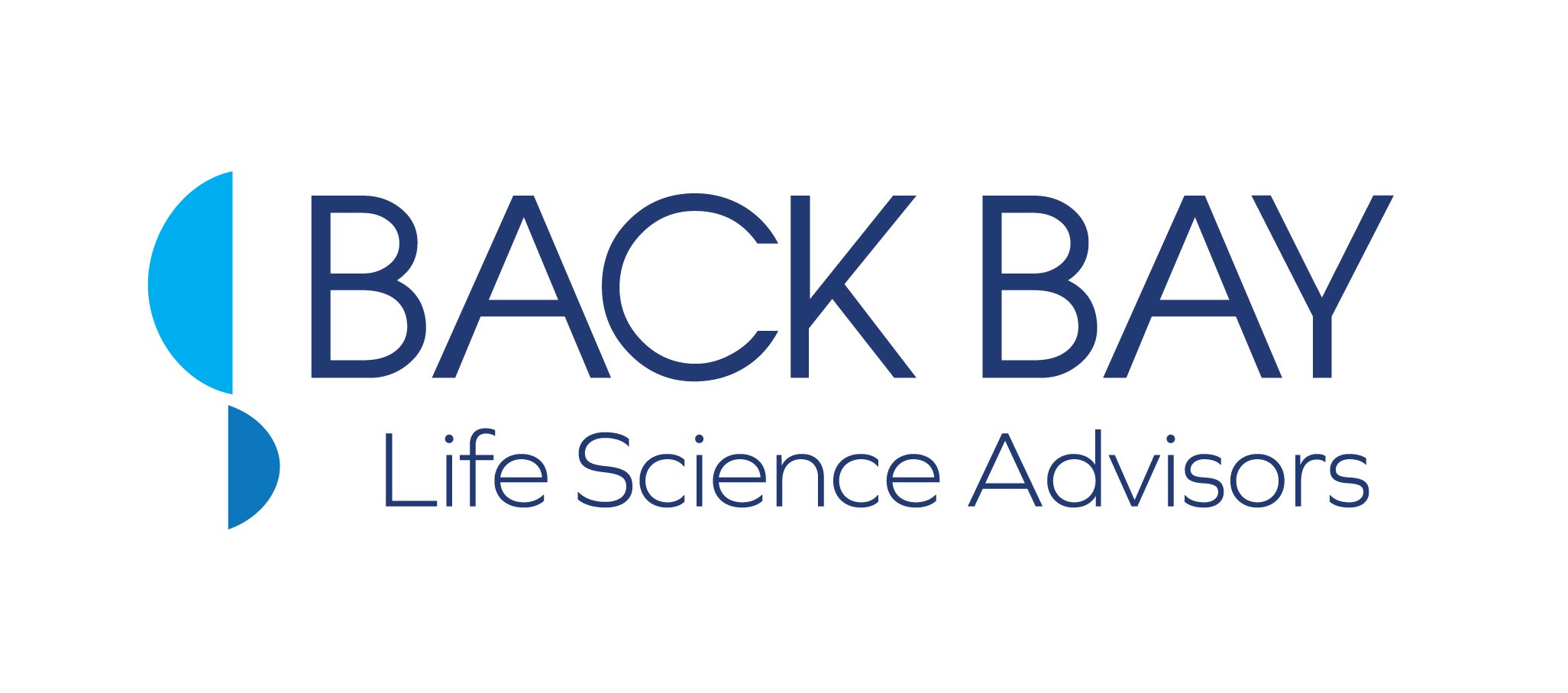Integrating Patient Reported Outcomes
By Meghana Singh, Summer Analyst, Back Bay Life Science Advisors
As healthcare evolves to become more patient-centric, the FDA has expressed increasing interest in the use of patient-reported outcomes (PROs) as endpoints in clinical trials. A PRO is any report, directly from the patient, that provides information on the status of the patient’s health, disease burden, medication usage, and other experiences. PROs represent a potentially valuable tool for improving clinical trial design, guiding drug approval, and supporting label decisions in addition to informing clinical decision making.
However, more widespread acceptance and use of PROs is limited to date, due to variability in the selection, validation, and assessment by clinical trial researchers. Challenges with response rates, patient population, assessment of symptoms, and limitations of the measures have proven to be difficult to be overcome.
Other barriers that have precluded the use of PROs include entrenched traditions in clinical practice and misconceptions about the value of PRO measures. PROs have greater acceptance in diseases where trial endpoints are more subjective, such as chronic disease and terminal stage oncology studies, but larger disease indications are resistant to the change. According to Elektra Papadopoulos, Acting Associate Director of the Clinical Outcome Assessments Staff of the FDA, this is a “missed opportunity when a well-developed patient centric endpoint is not given the proper attention that it deserves.”
Back Bay’s team has worked with clients looking to develop PROs and observes the increased emphasis placed on PROs within the clinical trial space. Based on this, our team makes specific recommendations for how patient reported outcomes can be selected and utilized more effectively, including:
Earlier FDA involvement: The FDA’s increased attention to patient reported outcomes as a part of drug’s overall risk means that clinical trial researchers must find ways to integrate these outcomes into their clinical program if patients, the main stakeholders, are to benefit. The organization can collaborate with drug manufacturers early in the process to discuss trial logistics but most of the FDA involvement occurs when drugs are seeking approval, post-development. At this point, the FDA will determine whether the PROs used in the clinical trial are significant and accurately encompass the patient’s disease experience.
Although the FDA provides initiatives for use of PROs, they have made it very clear that since they do not sponsor drug development or conduct clinical trials, they are not responsible for the development of PRO instruments. This responsibility is incumbent on clinical trial outcomes researchers, who sometimes lack access to early stage data and drug positioning insight. Thus, the FDA could become more involved with PRO selection and in guiding clinical trial researchers in the right direction. Increased collaboration with the FDA will allow researchers fully acquire the PROs’ advantages and incentivize other drug manufacturers to do the same.
Leveraging EHR and patient data: Some of the biggest challenges to using PROs in clinical trials are purely logistical, with the variability across trial sites and electronic health records (EHRs) raising a significant roadblco. EHRs can organize clinical data such as labs, notes, and exam results but many have limited capacity for direct patient input.
The FDA has been working toward meeting the needs of patient-reported outcomes through technology via its release of the MyStudies App and its public source code. The MyStudies technology allows patients to submit real-world data to the app via their mobile devices and researchers to link this data to other EHR to improve drug development.
“Collection of more real-world data directly from patients, using [this] secure app, will lead to more efficient product development and assist with safety monitoring,” according to Scott Gottlieb, former commissioner of the FDA.
Technology to support the seamless integration of collection and review of PROs still needs further development. If we can adapt and utilize the technology and large patient data sets available to us, researchers could capture the patient experience in a standardized, systemic way by enabling the development, validation, and implementation of PROs.
Moving away from generic PROs: Non-specific PRO instruments such as SF-36 and NHP are not designed to capture areas of concerns of specific patient populations. One problem with the usage of generic PROs is that the questionnaires are likely to include items that are deemed irrelevant, alienating respondents or increaseing the potential for missing or inaccurate responses.
Drug manufacturers need to thoughtfully consider the creation of concise disease-specific measures in therapeutic indications that are most amenable to a robust PRO. The components of these instruments should be as specific and objective as possible and ask patients questions that are most relevant and meaningful to them. Furthermore, ease of use will be critical as pushback will be from both clinicians and patients with lengthy complex surveys, thus limiting adoption.
In the past, clinical trial endpoints were dominated by biochemical measurements and process measures, both far removed from the patient’s perspective.
PROs can provide clinicians with important patient input on quality of life that can guide treatment choices in the future. Increased patient engagement in clinical trials provides additional relevant data to manufacturers and regulators for development decisions. However, additional work is needed to identify areas in which PROs could add value to trial outcomes and how we can improve upon existing systems to allow for their more effective usage.
The use of PROs in drug development starts with a culture shift and new focus on conceptualizing treatment benefits early in the intervention development, or as we like to say at Back Bay, a need to “begin with the end in mind.”
